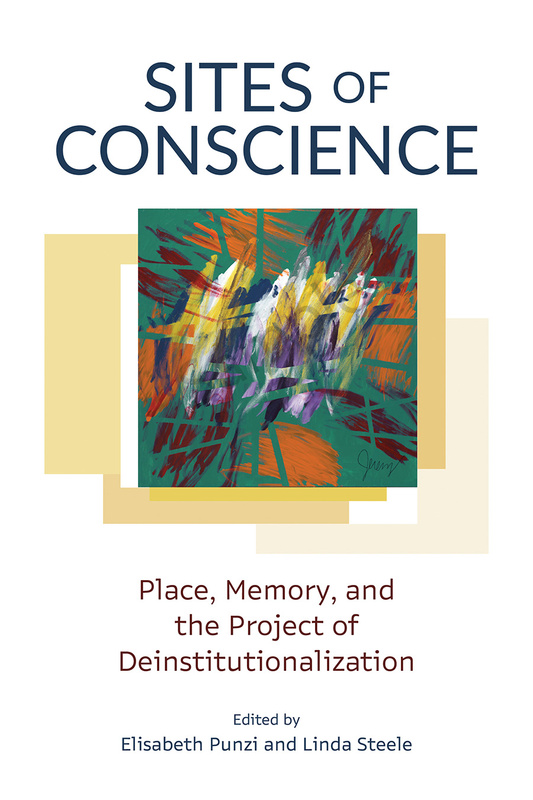
Sites of Conscience (2024)
Into the twenty-first century, millions of disabled people and people experiencing mental distress were segregated from the rest of society and confined to residential institutions. Deinstitutionalization – the closure of these sites and integration of former residents into the community – has become increasingly commonplace.
But this project is unfinished. Sites of Conscience explores use of the concept of sites of conscience and offers a way to forge new directions in social justice with and for those who have experienced harm. It involves a set of place-based memory activities such as walking tours, survivor-authored social histories, and performances and artistic works in or generated from sites of systemic suffering and injustice. These practices connect histories of place to contemporary social issues in order to move communities toward social change.